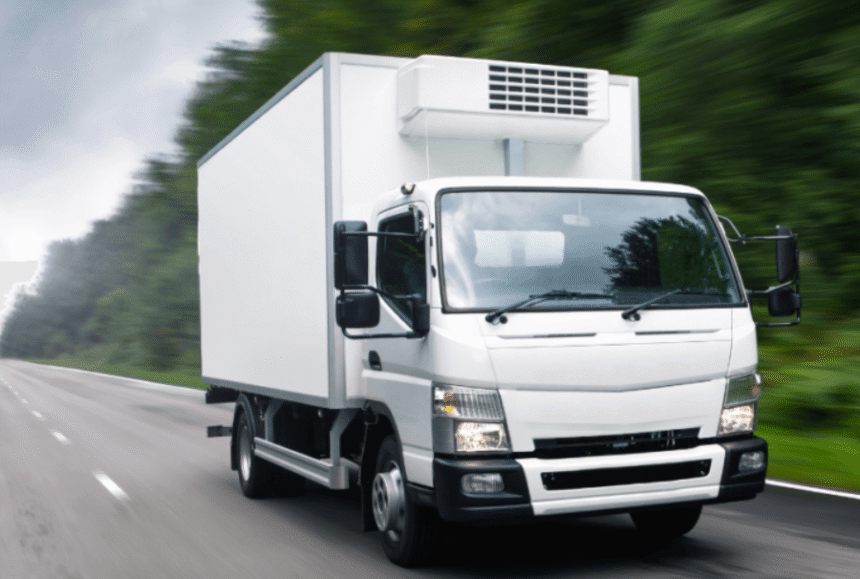Life along the busy shipping routes of Duluth, Georgia, demands constant vigilance from truck drivers and residents. Situated at the junction of major interstates, this suburban city experiences a high volume of commercial traffic—and, in unfortunate cases, severe collisions. After a crash, piecing together the sequence of events often requires more than witness statements or damaged debris.
Black box data is one of the most potent tools for investigators in the aftermath of a truck crash. Often referred to as the event data recorder (EDR) or electronic control module (ECM), a truck’s black box holds a wealth of information that can prove invaluable in determining the cause of an accident, assigning liability, and improving overall road safety. Local experts know how to interpret these technical readouts and translate them into persuasive evidence for juries. When you work with a Duluth truck accident lawyer, this objective record becomes the cornerstone of building a compelling claim.
What Is a Truck Black Box?
Much like the black boxes found in airplanes, commercial trucks have electronic recording systems designed to capture and store operational data. These devices continuously monitor metrics such as speed, braking, engine RPM, and throttle position. Some systems also include GPS data and driver behavior analytics.
Typically embedded within the engine control module, the black box can store several minutes—or even hours—of data before and after an incident. This information provides a snapshot of what the truck did before, during, and after a crash.
Why Black Box Data Matters
Determining fault is crucial in any truck accident. With black box data, investigators are no longer limited to witness statements or driver recollections, which can be incomplete or biased. Instead, they have objective, time-stamped data that clearly shows what happened.
Key uses of black box data in crash investigations include:
Speed Verification: Knowing the truck’s speed before and at the time of impact helps determine whether the driver was adhering to posted limits or driving too fast for conditions.
Brake Application: If the data shows no brake application before the crash, it could suggest the driver was distracted, asleep, or impaired.
Sudden Stops or Acceleration: Unusual movement patterns can indicate evasive maneuvers, aggressive driving, or mechanical failure.
Seat Belt Use: Some black boxes track whether the driver wore a seat belt during the crash.
Hours of Service Violations: Data might reveal whether the driver had exceeded their legally permitted driving hours, thus indicating fatigue as a potential factor.
Real-World Applications
Black box data often plays a central role in litigation following a commercial truck accident. The data can be used as critical evidence to support or refute negligence claims involving personal injury or wrongful death.
Insurance companies also use this data to assess liability and calculate damages. Meanwhile, trucking companies may review black box records to determine if policy violations occurred or to evaluate the need for retraining or disciplinary action.
Law enforcement agencies and crash reconstruction experts often rely on black box data to support their findings. In some high-profile cases, black box data contradicted initial police reports, which led to reversed or amended conclusions.
Challenges and Limitations
Despite its value, black box data isn’t without challenges. Not all trucks have the same recording devices, and there’s no universal standard for the data they capture. Moreover, retrieving and interpreting the data often requires specialized equipment and training.
There’s also the issue of data preservation. In the chaos following a crash, black box data can get overwritten or lost if not secured promptly. Trucking companies may also be reluctant to release data that could expose them to liability, which leads to legal disputes over access.
To address these issues, attorneys and investigators often request black box data through legal channels as soon as possible after a crash. In many jurisdictions, a court order can compel the release of such data.
The Role of Technology in Safety Improvement
Beyond individual crash investigations, black box data contributes to broader safety efforts. Aggregated data from truck crashes can help identify recurring patterns, such as problematic road segments, common driver errors, or mechanical defects. This information aids policymaking, infrastructure improvements, and regulatory changes.
Trucking companies also use this data proactively to enhance fleet safety. By analyzing trends in driver behavior, such as hard braking, sharp turns, or speeding, companies can offer targeted coaching and implement preventive measures. Some fleet managers even use real-time monitoring systems to intervene before unsafe driving leads to a crash.
Legal and Ethical Considerations
As the use of black box data becomes more widespread, so do questions about privacy and data ownership. Who controls the data—the driver, the company, or the manufacturer? What rights do accident victims or law enforcement have to access it?
These questions are still evolving in legal circles. Courts have generally leaned toward allowing access to black box data in the context of accident investigations, particularly when public safety is at stake. However, as technology advances and data becomes more detailed, future laws may place new limits on access and use.
Conclusion
Black box data has revolutionized the way truck crashes are analyzed. It offers objective, detailed, and timely insights that can clarify events, support accountability, and drive improvements in safety protocols. While there are still hurdles related to access and standardization, the value of black box data in crash investigations is undeniable. As commercial trucking continues to embrace digital tools, this data will only grow in importance in shaping how we respond to accidents and how we prevent them in the first place.














